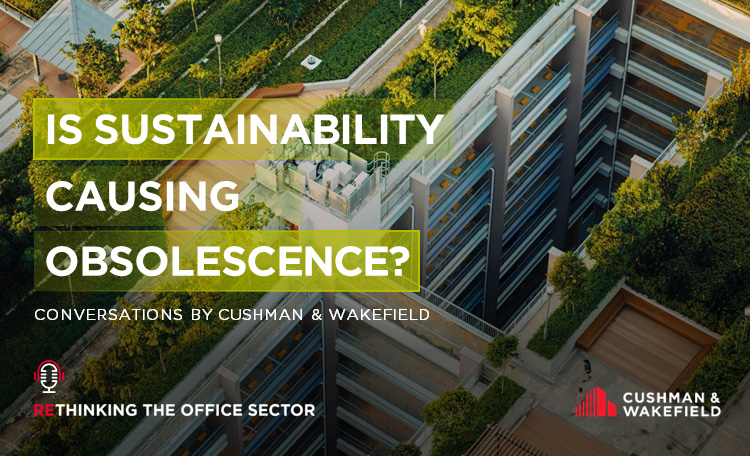

Quick facts | Cost | Carbon | Culture | Community
Is it time to start reworking your real estate strategy?
Considerations for a corporate occupier of real estate
The office sector is currently going through global structural change as organisations seek to adapt their physical spaces to new ways of working and adjust their corporate real estate decision making. Our ‘REWORKING’ series examines decision-making for occupiers under four key considerations: Cost, Carbon, Culture and Community – under which the changing demands, needs and impacts on office spaces and strategies can be examined.
Quick Facts
- Economy | The macro-economic environment you’re operating in and the impact it has on your budgets, requirements and outcomes
- Location | what aligns with your cultural, operational and cost requirements?
- Space | How much do you need according to your workforce and work-model e.g. Hybrid, WFH, Office
- Lease Structure | What’s currently market-standard, what can you benefit from, what is important to you?
- Market Cycle | Are you in an under or over-rented market, and how can you make it work for you?
- Building Selection and Landlord Partnership | The right building can greatly assist you in achieving your sustainability goals, while the wrong choice can significantly hold you back. Look to align your goals with the building and landlords commitment to ESG – the assets level of accreditation provides a great indicator on whether your goals align.
- Accreditation | Gain accreditation for your fit out design to ensure it meets best-practice and reflects your ESG values
- Green Spaces | The health benefits to employees has been well documented and proven, look for opportunities in outdoor areas, including rooftops or lobby spaces.
- Employee-led initiatives | Foster engagement from your workforce in establishing recycling, waste reduction, or sustainable supplier initiatives.
- Health and Well-being Focus | Consider Mental Health Support, Fitness and Nutrition Programs, as well as physical workplace enhancements (e.g. standing desks, natural lighting, Quiet and Relaxation Areas)
- How you approach wellbeing | Employees want to work for a company that cares about them, both physically and mentally. What initiatives are in place? What flexibility do you offer? What physical spaces and strategies are in place to retreat, focus or socialise?
- Flexibility | Do you offer WFH or hybrid-working? Do you encourage a strong work/life balance. Do you see me as a person, not just as an employee?
- Community / Connection | Are there opportunities to connect with others across the business to learn and grow? Are there regular social initiatives or ways to interact with the wider business, other tenants in the building or surrounding community?
- Location and amenities | Where is the office situated? Is it easy to get there, does it have good places nearby to eat, socialise, work-out, shop?
- Compensation and career opportunities | Is my salary competitive? What benefits are offered? Is there room to grow? Are there good mentors and ways to advance my career?
- Work communities – The community you establish within your own organisation is the essence of your culture. People thrive off connection, which has increasingly become harder to foster as a result of hybrid working models. With human connection more critical than ever, the war on talent will be won by companies that manage to cultivate an engaged and dynamic community within their own 4 walls.
- Social Communities – People used to come into offices because they had to. Now people come into town to work, but also to engage in the broader spectrum of activities that city centres offer. In this context external amenity and places to build meaningful communities with others becomes an important component of the office worker’s value proposition.
- Entrepreneurial Communities – The strength of a business comes through a connected ecosystem of suppliers, customers and competitors. Entrepreneurial communities focus on small or start up, creative, technology and science-based occupiers. This dynamic environment relies on a high volume of shared information, transferable labour and mutual support.
- Temporal Communities – Not all communities need to be enduring. Experience or project specific communities can drive value as a catalyst for innovation or regeneration. Modern placemaking strategies address this through the creation of ‘meanwhile uses, pop-ups’ and other activation activities. This helps to give a sense of place, providing hints to the future brand of the location, and to provide a social nexus for local communities to engage in otherwise forgotten and excluded spaces.
- Regenerative Communities – As uses shift and places take on new purposes, the galvanisation and custodianship of new communities generate both economic and social benefits. This transformation is already underway globally, where we’re seeing secondary assets being repurposed for residential uses. As master developers take longer term custodianship roles with ongoing responsibility for the sites they deliver, and as they are judged by their own stakeholders on ESG criteria, well considered investments in placemaking and community creation will be critical.
Contacts

MarketBeat
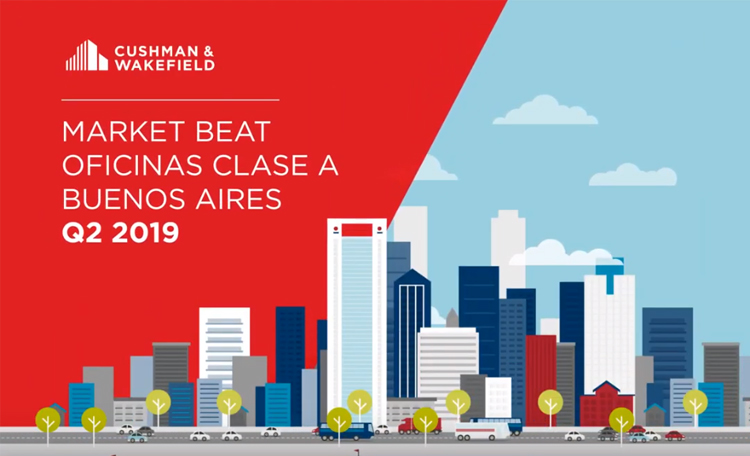
Article • Workplace
Office Beat Market | 2nd quarter 2019

Grant Carter
Senior Director, Head of Project & Development Services, Singapore
Singapore, Singapore


Article • Workplace
Lima Office Marketbeat - Q1 2019

Article • Workplace
Lima Office MarketBeat - Q2 2019
Cost

MarketBeat

Article • Workplace
Office Beat Market | 2nd quarter 2019

Article • Workplace
Lima Office Marketbeat - Q1 2019

Article • Workplace
Lima Office MarketBeat - Q2 2019

MarketBeat
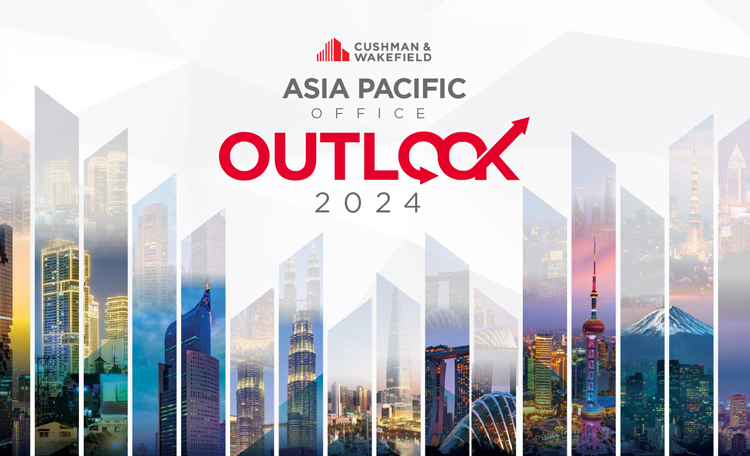
Research • Workplace
Asia Pacific Office Outlook 2024

Article • Workplace
Office Beat Market | 2nd quarter 2019
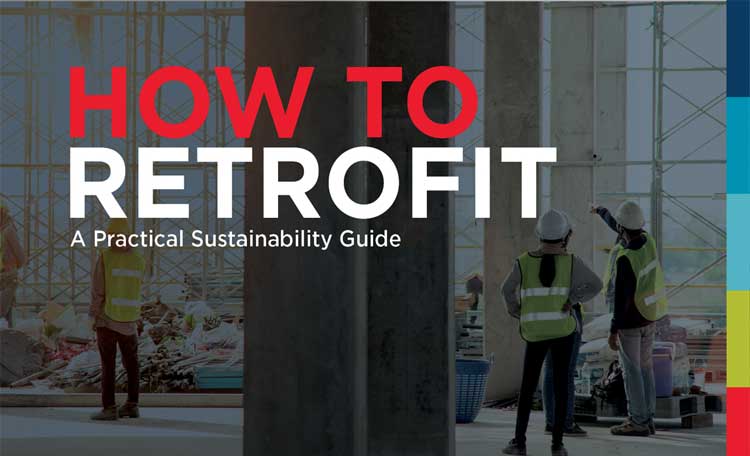
HOW TO RETROFIT: ASIA PACIFIC

Article • Workplace
Lima Office Marketbeat - Q1 2019

Article • Workplace
Lima Office MarketBeat - Q2 2019

MarketBeat

Research • Workplace
Asia Pacific Office Outlook 2024

Article • Workplace
Office Beat Market | 2nd quarter 2019

REWORKING PROPTECH

WHAT OCCUPIERS WANT
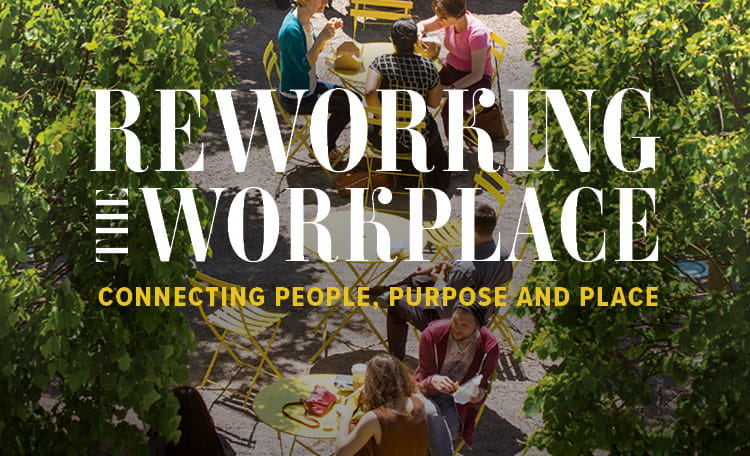
REWORKING THE WORKPLACE
Follow our UK series of weekly blogs and podcasts focusing on some of the most innovative developments in workplace strategy, researched from over 50 leading global companies.
We are also excited to announce the release of our new book, ‘Reworking the Workplace with RIBA.

Article • Workplace
Lima Office Marketbeat - Q1 2019

Article • Workplace
Lima Office MarketBeat - Q2 2019

MarketBeat

Research • Workplace
Asia Pacific Office Outlook 2024

Article • Workplace
Office Beat Market | 2nd quarter 2019

DIGNIFIED ACCESS

WORKPLACE DESIGN FOR THE NEURODIVERSE

Article • Workplace
Lima Office Marketbeat - Q1 2019

Article • Workplace
Lima Office MarketBeat - Q2 2019









